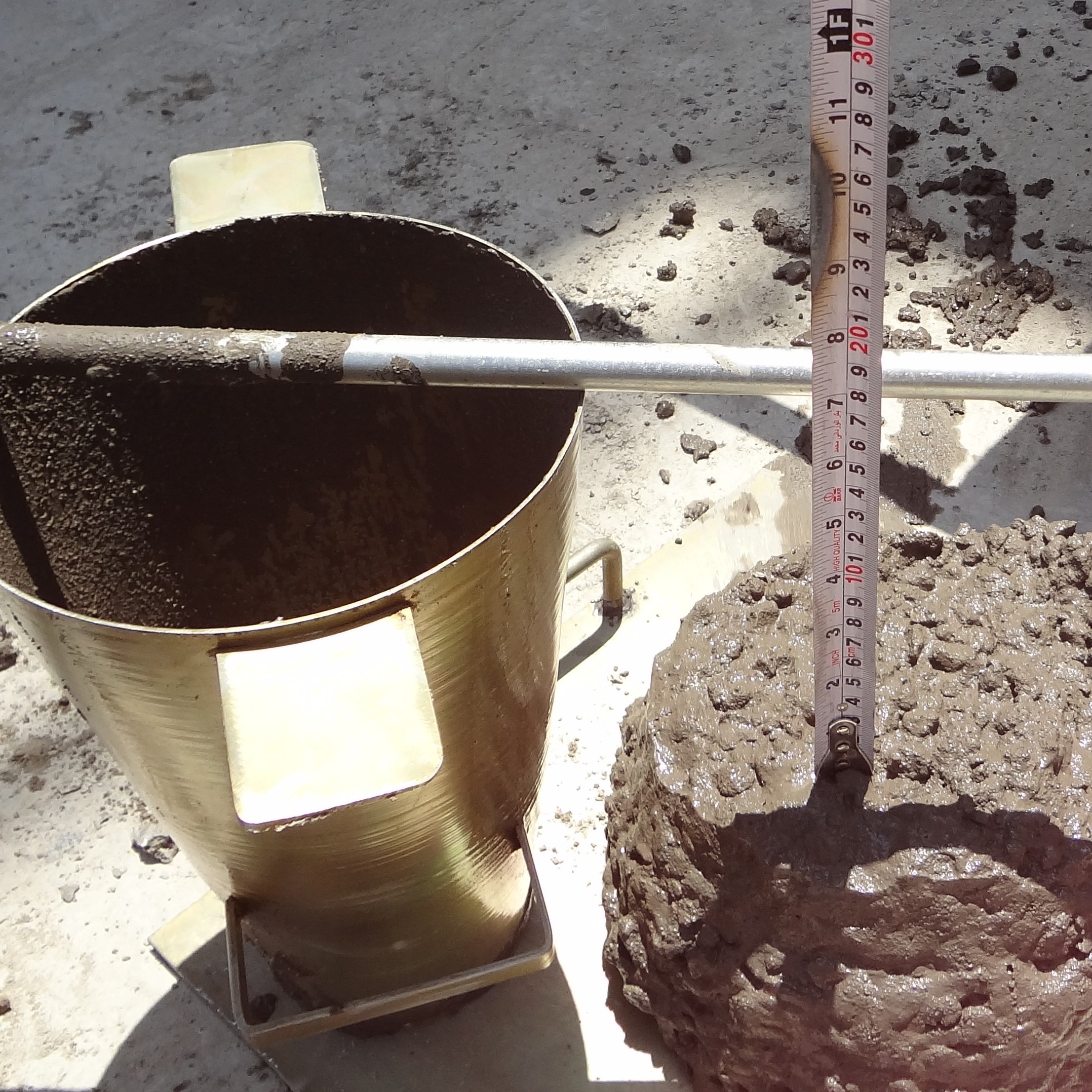MY CONCRETE IS WORKABLE … MINE IS CONSISTENT, WHICH TERM IS RIGHT?
Consistency, plastic consistency and workability… Several engineers and technicians get confused between these terms and mix up between the terms consistency of concrete with workability of concrete.
Is the concrete Consistent or Workable?
Consistency is the relative mobility or ability of fresh concrete to flow. It includes the entire range of fluidity from the driest to the wettest possible mixtures.
Plastic consistency indicates a condition where applied stress will result in continuous deformation without rupture. A plastic mixture possesses cohesion and does not crumble. It flows sluggishly and without segregation.
Workability is the property of freshly mixed concrete that determines the ease with which it can be mixed, placed and consolidated to a homogeneous condition. It can reflect the placeability of concrete and involves not only the concept of a consistency of concrete, but also the condition under which it is to be placed.
For example, a stiff mixture with large aggregate that is workable in a large open form would not be placeable in a thin wall with complicated reinforcing details (Ref. ACI 318 for aggregates requirements). Also, a mixture that appears too stiff may flow readily when it is vibrated with the proper equipment having the needed frequency and amplitude (Ref. ACI 309)
Another example where concrete can be consistent but not workable:
Concrete can have a consistency of 150 mm slump but at the same time it is not workable since the increase of slump was due to the increase of water and the concrete is segregated inside the structure.
In return, a well-designed concrete mixture with slump of 75mm to 100mm may have 4% total air content (1% entrapped air and 3% entrained air) and can be much more workable compared with non-entrained concrete of slump 150mm.
Many factors may affect the slump of concrete such as changes in the aggregates source, aggregates proportioning, mix proportions, air content, concrete temperature, use of admixture …
So, what is the slump test for?
The slump test is to determine the consistency of the concrete. Slump does not measure the water content, it is true that an increase or decrease in the water content will cause a corresponding increase or decrease in the slump of the concrete. Even this statement is true but many other factors can also increase the slump such as increase or decrease in the dosage of admixture.

